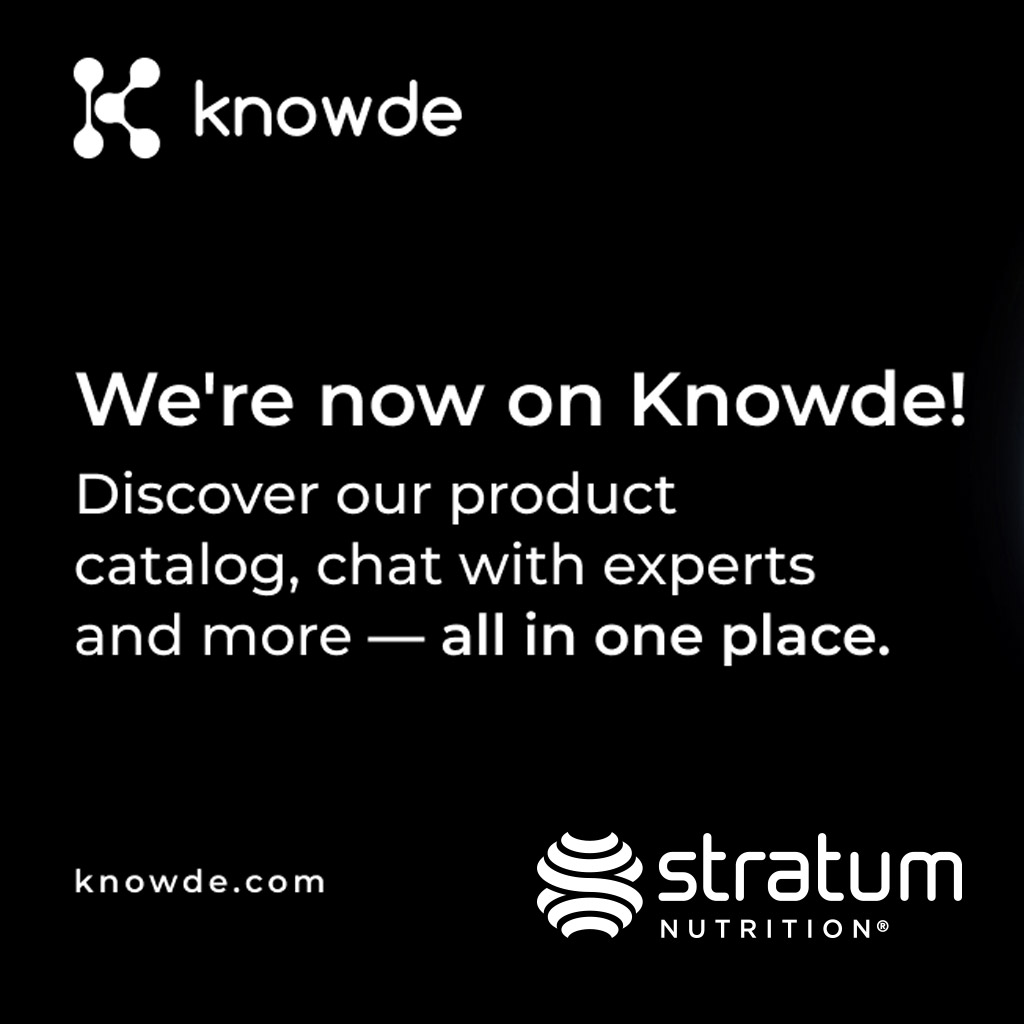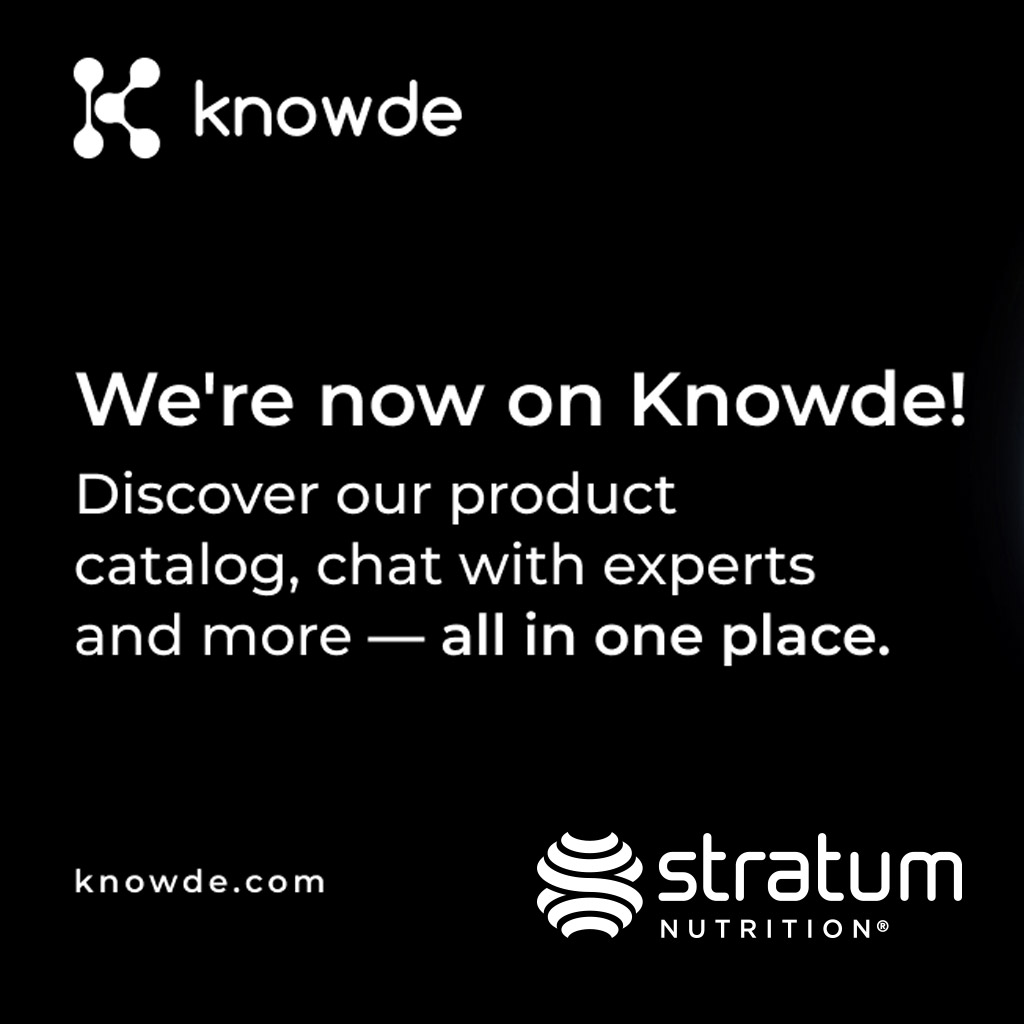The Microbiome Market
Jul 05 2022
| Our Blog
| Nena Dockery
Interest in the human microbiome has been trending upward for decades as more details are uncovered regarding the significance of the human microbiota on health and disease. Initially this interest centered around the gut microbiome and its effects on the digestive process and immunity but has expanded to include the microbiota that inhabit the oral cavity, skin, and internal organs, such as the lungs.
There is no doubt that COVID-19 impacted the research trajectory, expanding the number of studies that focus on how the human microbiome provides protection against chronic diseases that increase the risks of getting COVID and decrease the likelihood of a full recovery from it. Most people have felt increased vulnerability for the last two years and many of those individuals become the consumers that seek out products that help them be proactive in protecting their health.
Much of the current research is centered around uncovering the characteristics of the favorable and unfavorable microorganisms that reside in and on the human body, and how they are linked to disease development and resolution. Recognizing that optimal benefits are strain-specific has led probiotic developers to dig deeper into finding the strains that optimally display the traits they are seeking to promote. This knowledge is also critical for personalizing probiotic supplementation to target an individual’s own vulnerabilities to disease development.
Unfortunately, many of the indigenous strains that are most beneficial to human health present stability challenges for commercial development, which has led to significant innovations in technologies to improve shelf stability and gastric survival of these temperamental microorganisms.
Innovation in prebiotics is also seeing tremendous growth. Most prebiotics are fiber-based, but research is expanding to include polyphenolic compounds and bacteriophages in this category of substances that when consumed, help provide an environment in the gut that is conducive to the proliferation of desirable strains of microbes and inhibiting to the growth of pathogenic or unfavorable strains. There has also been an increase in the interest in research surrounding the “gut-brain axis” as scientists learn more about how critical a healthy gut is to mental well-being, immune health and even weight management. The desire to promote the proliferation of gut strains that play major roles in the communication between the gut and brain has led to tremendous innovation focused on finding the best prebiotics to encourage growth of these desirable gut strains.
However, probably the biggest innovation has been the growth in postbiotic development. Postbiotics are inanimate microbial cells and cell fragments that have been researched for their positive impact on human health. Most postbiotic preparations also contain the fermentation media (supernatant) that contains beneficial metabolites and by-products of microbial fermentation. Most postbiotics have been heat-treated to essentially kill the live organisms, so research on the inanimate form is crucial to determine the extent of benefits. However, the research has been impressive and some postbiotics, such as Stratum Nutrition’s LBiome® (Lactobacillus LB), have a long history of safe and efficacious use. Lactobacillus LB has been utilized in its heat-treated form for over a century and is backed by decades of published research.
Postbiotics are not susceptible to losses during manufacture, they are not limited by short shelf-lives that are dependent upon ideal storage conditions, nor are they impacted by the acidic conditions of the stomach after ingestion. They also don’t have the manufacturing drawbacks of spore-forming live bacteria. These characteristics open the door wide open to innovations in delivery formats and expanded formulation options.
The realm of “biotic” products should continue to expand dramatically as we learn more, not only about the microorganisms themselves, but about the way they interact with each other and how they are influenced by external factors such as environment, diet, stress, medication, and disease.
It is very possible that supplementation will become more personalized as we gain better insight into how individualized our personal microbiomes are. Though it is already common to select products targeting specific health conditions, it should soon be possible to select even more personalized prebiotic and postbiotic strains with specific attributes to strengthen the body’s microbial environment and compensate for shortcomings, whether in the oral cavity, gut or on the skin, so that the favorable microorganisms can easily colonize. This will encourage healthy digestive and immune mechanisms in the immediate surroundings and will provide a beneficial link between the gut and brain to indirectly support the health of diverse mechanisms throughout the body.
Conclusion
Don’t get overly bound to a particular “biotic” in formulating effective products. Try to envision the big picture of interplay between prebiotics and probiotics (synbiotics) and the expanded benefits available with postbiotics. Formulate with the whole body in mind. Much of the health of the body hinges on the condition of the tube we call the digestive tract; and the health of the digestive tract is inextricably connected to the microorganisms that reside there. If the digestive tract is healthy and functioning well, there is a good chance that overall health and longevity will be the logical outcome.








